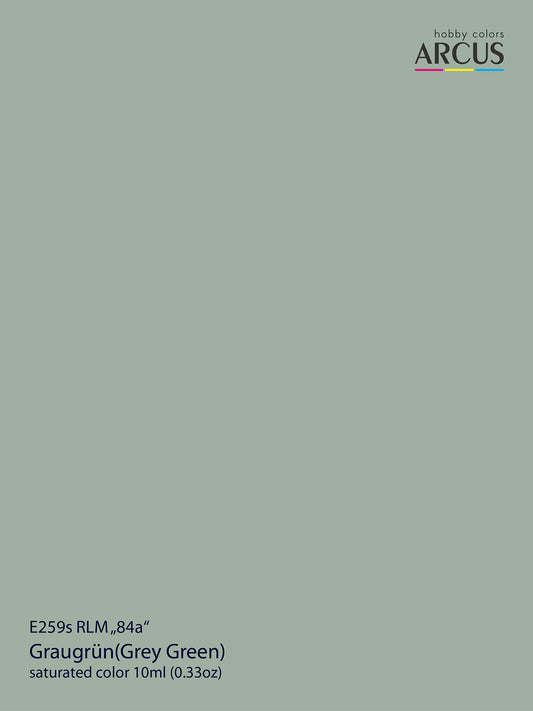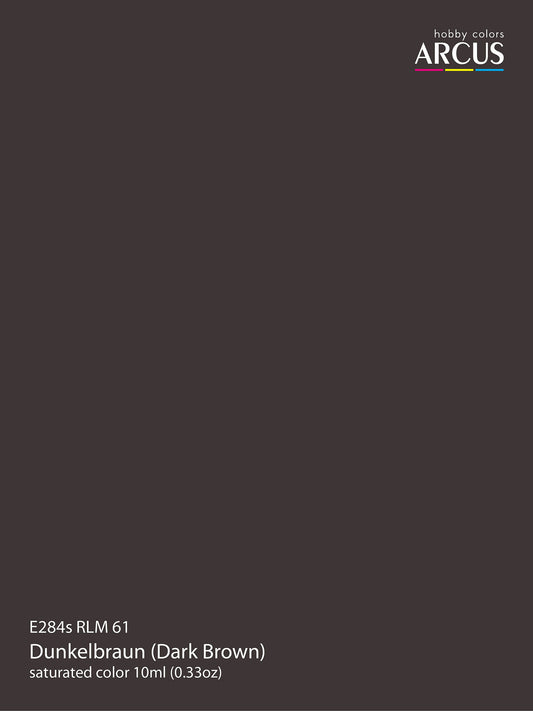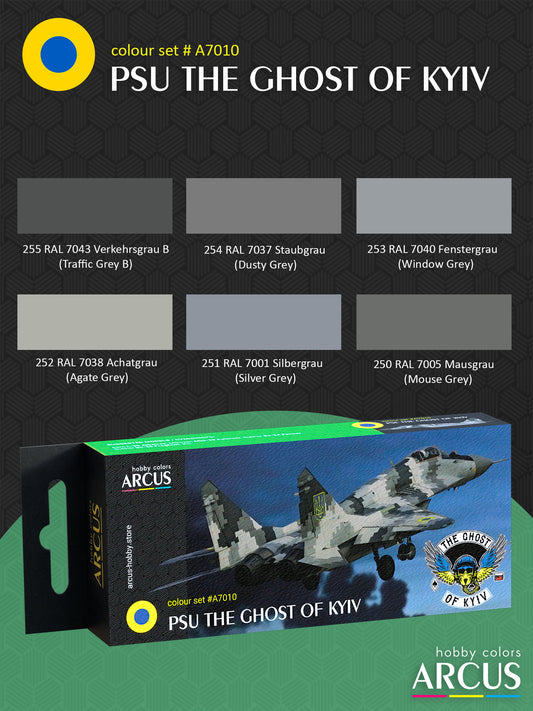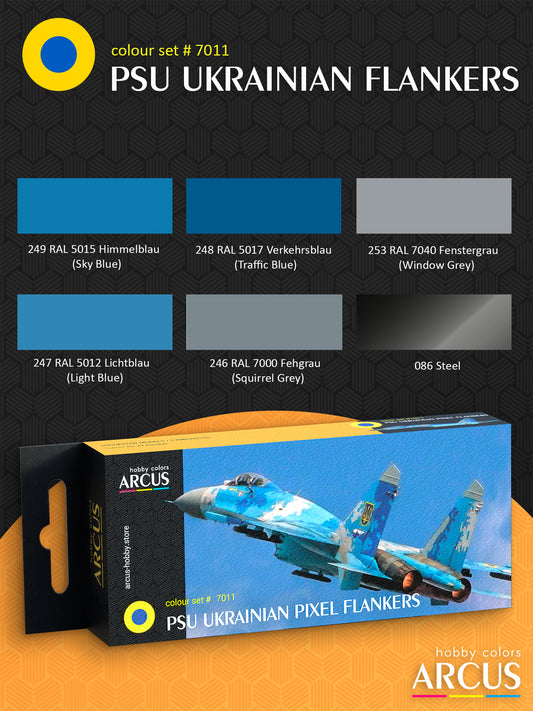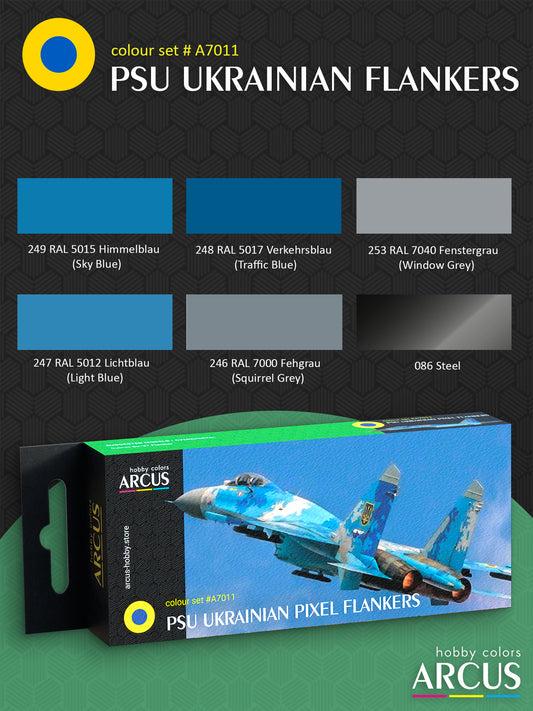The Luftwaffe was the German air force that became a symbol of technological advancement and military power when it was revived in 1933 under the leadership of Hermann Göring. They played a critical role in the early stages of World War II.
Formation of the Luftwaffe
The predecessor of the Luftwaffe was the Imperial German Air Service, or Luftstreitkräfte, established in 1910. After World War I, the Treaty of Versailles in 1919 prohibited Germany from maintaining military or civilian aviation. However, by 1922, many restrictions on civilian aviation were partially lifted. Interest in military aviation persisted, often disguised as activities of aviation clubs and civilian organizations.
By the mid-1920s, the German aviation industry had emerged as one of the most advanced in the world. Companies like Focke-Wulf in Bremen, Dornier in Friedrichshafen, Heinkel in Warnemünde, Junkers in Dessau, and Messerschmitt in Augsburg were producing modern all-metal monoplanes with retractable landing gear, while other countries still relied on outdated wooden biplanes.
The restructured airline Lufthansa received permission for commercial flights across Western Europe, becoming the most technologically advanced airline in the world, even though this violated the terms of the Treaty of Versailles. Future combat crews trained at four Lufthansa flight schools, refining their skills for night flying and handling challenging weather conditions.
When Hitler came to power in 1933, he secured substantial financial backing for the establishment of new military air forces. Huge funds were allocated for the creation of the Luftwaffe. Deputy Führer Hermann Göring, a renowned pilot from World War I, led the Imperial Ministry of Aviation with sweeping powers. Göring enlisted the expertise of Erhard Milch, the former director of Lufthansa, to build the most powerful air fleet in the world.
Luftwaffe in Combat
The Luftwaffe pilots and aircraft got their first taste of combat in the skies over Spain, where the Condor Legion fought alongside General Franco's nationalist forces.
On September 1, 1939, World War II began, and the Luftwaffe played a crucial role in the blitzkrieg strategy during the invasion of Poland. Two air fleets, commanded by Kesselring and Löhr, had 1,434 aircraft at their disposal. The Junkers Ju 87 dive bombers, which became emblematic of the German war machine, achieved the first air victory by shooting down a Polish fighter. Despite heroic resistance, the Polish Air Force was overwhelmed within two weeks due to superior enemy forces, continuous ground attacks, and Luftwaffe air dominance. The Ju 87 effectively supported tank divisions, significantly contributing to the capitulation of Polish forces.
In April 1940, the Luftwaffe participated in Operation Weserübung – the invasion of Scandinavia. With 527 aircraft, including 50 Ju 87s, the German air forces quickly overcame Denmark's limited air defenses. In Norway, the Luftwaffe faced serious challenges but still managed to support the Wehrmacht, inflicting substantial losses on the Royal Navy Aviation and ultimately achieving air superiority.
The invasion of France and the Benelux countries began on May 10, 1940, as part of Operation Yellow (Ger. Fall Gelb). The Luftwaffe aimed to neutralize the Royal Air Force in preparation for Operation Sea Lion (Ger. Unternehmen Seelöwe). Drawing lessons from the Polish campaign, the Luftwaffe focused on ground support rather than the destruction of enemy aircraft on airfields. French and British air forces faced a formidable opponent. While the Luftwaffe did attack some airfields in France, their main mission was to support ground troops. The Battle of Dunkirk highlighted the Luftwaffe's superiority, causing significant losses to the Allies. However, the German air forces could not prevent the evacuation of most of the British Expeditionary Forces. In the subsequent Operation Red (Ger. Fall Rot), Luftwaffe support facilitated rapid German advances into southern France. The Battle of France came at a high cost for the Luftwaffe – 1,428 aircraft were lost, nearly a third of their strength. This foreshadowed the upcoming Battle of Britain.
As preparations for the invasion of Britain began, the Luftwaffe sought to neutralize the Royal Air Force. Göring, overly confident from earlier successes, underestimated British resilience. The Battle of Britain exposed the Luftwaffe's limitations in executing strategic operations. Deploying three air fleets across different regions, the Germans aimed to achieve air superiority over southeastern England. German Messerschmitt Bf 109Es and British Hawker Hurricanes engaged in intense aerial combat, with the German fighters having an advantage at high altitudes, while the British excelled at medium altitudes. Despite early successes, the Royal Air Force stabilized the situation in August 1940, increasing their number of pilots. Göring's decision to shift focus to bombing London and underestimating British resolve proved to be critical errors. A campaign of massive Luftwaffe bombings began, but Hitler postponed the invasion. The Battle of Britain cost the Luftwaffe 873 fighters and 1,014 bombers, resulting in a strategic defeat and marking a turning point in World War II.
In 1941, Hitler's Directive No. 21 initiated Operation Barbarossa – the invasion of the Soviet Union. Leveraging the element of surprise, the Luftwaffe aimed for complete air dominance, with 4,389 aircraft at their disposal. The sudden attack on June 22 delivered a devastating blow to the Soviet Air Force, leading to enormous losses. The Luftwaffe effectively operated against Soviet armored divisions, but soon faced challenges due to overstretched supply lines. Despite initial victories, the harsh Russian winter and logistical problems severely weakened the Luftwaffe by the end of 1941. The failure to swiftly defeat the Soviet Union became a critical turning point. Even with support during Operation Citadel (Ger. Unternehmen Zitadelle) in 1943, the Luftwaffe suffered significant losses, and by October 1943, only 425 operational fighters remained on the Eastern Front.
The Luftwaffe participated in various operations throughout the war. During the Battle of the Atlantic from 1940 to 1944, they utilized long-range reconnaissance aircraft like the Focke-Wulf Fw 200 and maritime patrol planes such as the Junkers Ju 290. Despite the early success of the Fw 200, which sank ships totaling 365,000 tons in 1941, the increased efforts from the Royal Air Force's Coastal Command diminished the effectiveness of German aviation. Strained resources due to combat operations on the Eastern Front, in North Africa, and in response to British bombing campaigns negatively impacted the Luftwaffe's capabilities. German night fighters equipped with radar, like the Messerschmitt Bf 110 and Junkers Ju 88, actively countered Allied night raids. Notable pilots like Helmut Lent and Heinz-Wolfgang Schnaufer became aces of night combat. The daytime bombing campaigns of the U.S. and British forces forced the Luftwaffe to focus on the defense of Germany. The arrival of long-range American fighters in 1944 further weakened German air defenses. Desperate measures, such as Operation Bodenplatte in January 1945, only accelerated the depletion of Luftwaffe resources. Fuel shortages, the loss of experienced pilots, and the Allies' advance into Germany ultimately undermined the combat effectiveness of the German Air Force. The introduction of revolutionary jet fighters like the Messerschmitt Me 262 could not change the course of the war. The 44th Fighter Wing (Ger. Jagdverband 44. JV44), led by Adolf Galland and comprising the best German aces, defended southern Germany with the Me 262 until the war's final days. Ultimately, the once-mighty Luftwaffe arsenal fell into Allied hands after Germany's surrender in 1945.
Luftwaffe Aircraft Camouflage
In the early 1930s, Luftwaffe aircraft were primarily painted in shades of gray or silver. This was a consequence of the restrictions imposed by the Treaty of Versailles on German military aviation.
The situation changed in 1936 with the onset of the Spanish Civil War. Initially, a three-color disruptive camouflage appeared, quickly replaced by a two-tone green for fighters and bombers. The Luftwaffe's naval aviation also adopted a two-tone camouflage consisting of two shades of green with a slight blue tint for better concealment over water.
By 1941, the two-tone green camouflage was reserved only for bombers, reconnaissance aircraft, transport planes, and auxiliary aviation. Fighters transitioned to gray camouflage as the advantage in the sky required better concealment in the air rather than on the ground.
That same year, new colors for tropical camouflage emerged to meet the needs of combat operations in North Africa.
Combat operations in the snow-covered expanses of the Soviet Union necessitated the use of winter camouflage. Instead of full repaints, aircraft were temporarily covered with easily washable white paint. This was practical since the need for white camouflage diminished with the melting of snow in the spring.
By 1944, when the Luftwaffe had definitively lost air superiority, there was a demand for camouflage that would provide better concealment on the ground. They decided to return to green camouflage, even for fighters. However, due to resource shortages, constant bombing, and other challenges, a full transition to the new colors did not occur until the end of the war. Many aircraft sported transitional paint schemes, combining old and new colors.
Luftwaffe Color Standards
The German air forces, known for their meticulousness, paid significant attention to color standardization. By 1935, the Imperial Ministry of Aviation (Ger. Reichsluftfahrtministerium, RLM) used colors from the RAL standard (Ger. Reichsausschuss für Lieferbedingungen, "Imperial Committee for Supply Conditions"). Later, the RLM developed its own standards.
The Flugzeug Werkstoffen (Flw, "Aviation Materials") system, introduced by the RLM in 1935, revolutionized the procurement of materials for German aviation. It used codes ranging from 0000 to 9999, containing information about paint type, characteristics, and color. Within the range of 7100-7199, two-digit codes represented the basic colors of aircraft paints, later known as RLM colors. This included codes 00-19 for basic colors, 20-39 for markings, 40-59 for special colors, and 60-79 for camouflage colors.
The earliest documentation regarding RLM colors dates back to 1935. In 1936, Luftwaffen Dienstvorschriften 521 (L.Dv. 521, "Luftwaffe Service Instructions 521") was issued, containing guidelines for shades, production, and application of colors. Subsequent editions introduced new colors in November 1941. Despite the evolution, some colors maintained their connection to the RAL 840 R system, highlighting the role of the Flw system in streamlining the procurement of aviation materials for the German armed forces.

 SaleVendor:Arcus HobbyRegular price $1.69 USDRegular priceUnit price per
SaleVendor:Arcus HobbyRegular price $1.69 USDRegular priceUnit price per
 SaleVendor:Arcus HobbyRegular price $1.69 USDRegular priceUnit price per
SaleVendor:Arcus HobbyRegular price $1.69 USDRegular priceUnit price per
 SaleVendor:Arcus HobbyRegular price $1.69 USDRegular priceUnit price per
SaleVendor:Arcus HobbyRegular price $1.69 USDRegular priceUnit price per
 SaleVendor:Arcus HobbyRegular price $1.69 USDRegular priceUnit price per
SaleVendor:Arcus HobbyRegular price $1.69 USDRegular priceUnit price per
 SaleVendor:Arcus HobbyRegular price $1.69 USDRegular priceUnit price per
SaleVendor:Arcus HobbyRegular price $1.69 USDRegular priceUnit price per
 SaleVendor:Arcus HobbyRegular price $1.69 USDRegular priceUnit price per
SaleVendor:Arcus HobbyRegular price $1.69 USDRegular priceUnit price per
 SaleVendor:Arcus HobbyRegular price $1.69 USDRegular priceUnit price per
SaleVendor:Arcus HobbyRegular price $1.69 USDRegular priceUnit price per
 SaleVendor:Arcus HobbyRegular price $1.69 USDRegular priceUnit price per
SaleVendor:Arcus HobbyRegular price $1.69 USDRegular priceUnit price per
 SaleVendor:Arcus HobbyRegular price $1.69 USDRegular priceUnit price per
SaleVendor:Arcus HobbyRegular price $1.69 USDRegular priceUnit price per


